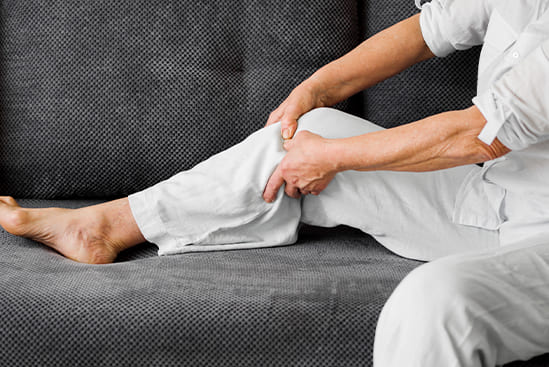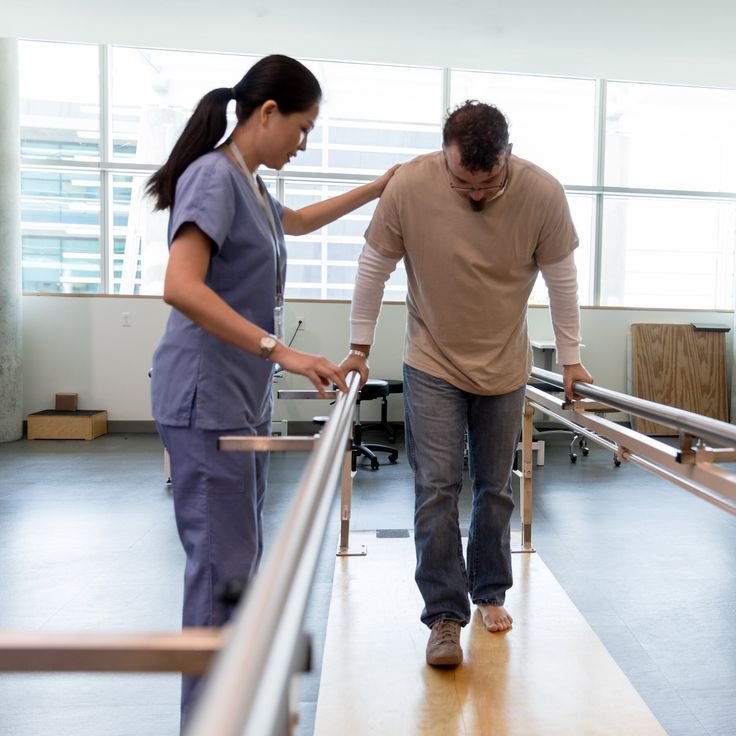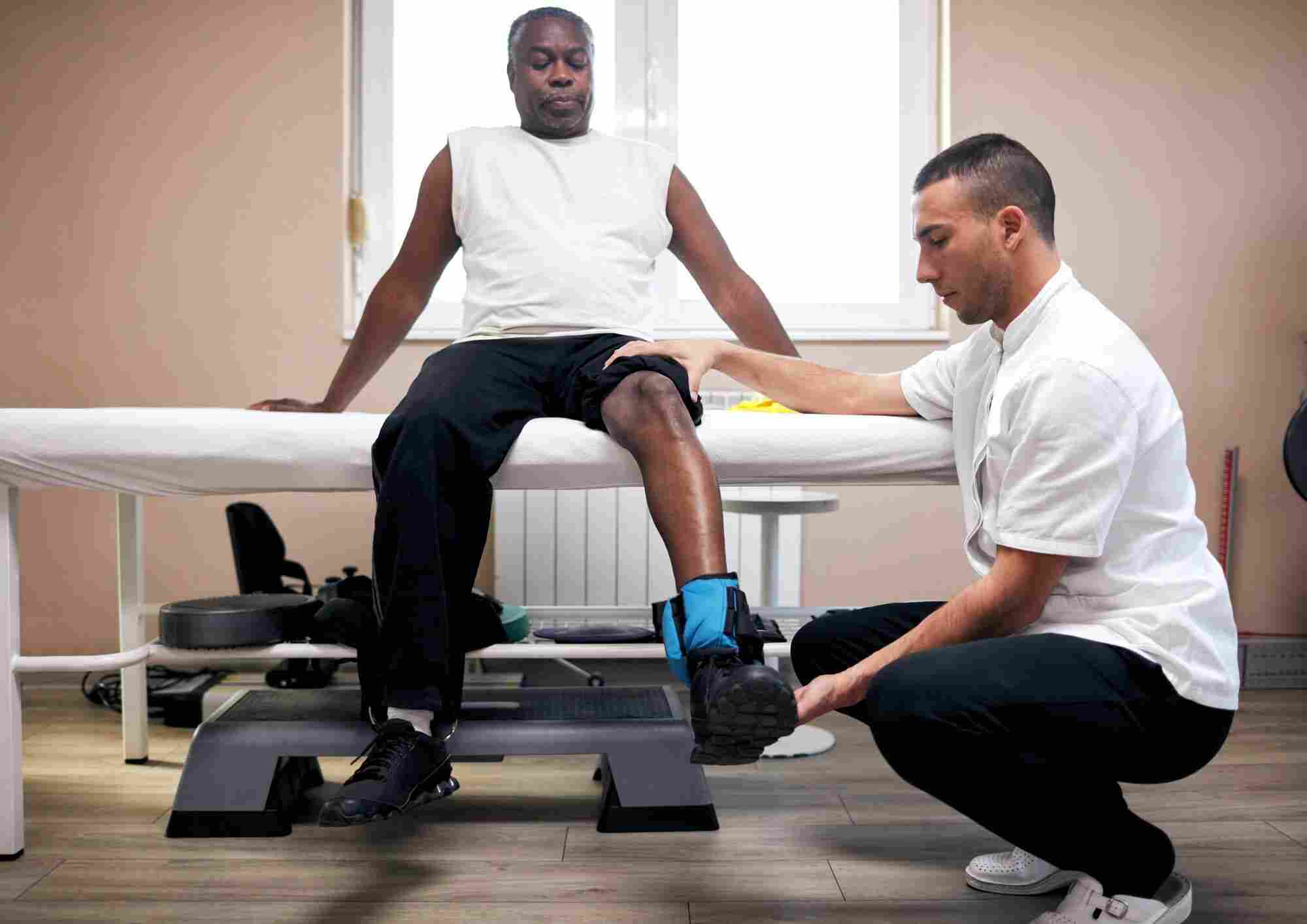

Physiotherapy in Kuala Lumpur: Treatment for Joint Pain
Introduction
Joint pain is a common issue affecting individuals of all ages, leading to discomfort and mobility restrictions. Whether caused by injury, arthritis, or other medical conditions, finding the right treatment is essential to restoring mobility and improving quality of life. Physiotherapy in Kuala Lumpur offers effective, non-invasive treatments tailored to relieve joint pain and prevent further complications.
What is joint pain?
Joint pain refers to discomfort affecting one or more joints in the body, which are the connecting points between bones. For instance, the hip joint links the thigh bone to the pelvis.
Discomfort in the joints is a common issue and is typically experienced in the hands, feet, hips, knees, or spine. This pain can be persistent or intermittent, with sensations ranging from stiffness, soreness, and aching to burning or throbbing. Some individuals may also notice a “grating” feeling within the joints. Additionally, stiffness in the joints may be more pronounced in the morning but can improve with movement. However, excessive physical activity might exacerbate the pain.
Joint pain can impact the functionality of the joints, limiting the ability to perform everyday activities. Severe pain in the joints can significantly affect the quality of life. Therefore, treatment should aim not only at alleviating pain but also at restoring the ability to carry out daily tasks and enjoy an active lifestyle.
Causes of joint pain
Joint pain occurs due to various factors, affecting the connections between bones. Common causes of joint pain include:
- Osteoarthritis – A degenerative condition that gradually wears down the protective cartilage between bones, leading to stiffness and pain. This condition develops slowly and is more common in individuals over 45 years old.
- Rheumatoid arthritis (RA) – A long-term autoimmune disorder that causes inflammation, pain, and swelling in the joints. Over time, it can lead to deformities, particularly in the fingers and wrists.
- Gout – A painful condition characterized by the accumulation of uric acid crystals in the joints, resulting in sudden and severe pain, typically affecting the big toe.
Benefits of Physiotherapy for Joint Pain
Physiotherapy is a scientifically proven treatment for joint pain that helps reduce discomfort, improve movement, and enhance overall joint function. Some of the key benefits include:
1. Pain Relief
Physiotherapists use manual therapy, electrotherapy, and other techniques to reduce pain and inflammation in affected joints.
2. Improved Mobility
By incorporating targeted exercises, stretching, and movement therapies, physiotherapy helps restore joint flexibility and range of motion.
3. Strengthening Muscles and Joints
Weak muscles around joints can lead to excessive strain, worsening pain. Strengthening exercises help provide better joint support and stability.
4. Preventing Further Injury
A physiotherapist will guide you on proper posture, movement patterns, and exercises to reduce stress on joints and prevent future injuries.
5. Post-Surgical Recovery
If you have undergone joint surgery, physiotherapy plays a crucial role in rehabilitation, ensuring proper healing and preventing complications.
Physiotherapy Treatments for Joint Pain
Physiotherapy clinics in Kuala Lumpur offer a range of treatments to address joint pain effectively. Some of the most common treatments include:
1. Manual Therapy
Manual therapy involves hands-on techniques such as massage, joint mobilization, and manipulation to ease pain and restore mobility.
2. Electrotherapy
Electrotherapy methods such as ultrasound therapy, TENS (Transcutaneous Electrical Nerve Stimulation), and laser therapy help reduce pain and inflammation.
3. Exercise Therapy
Customized exercise programs focus on strengthening and stretching the muscles surrounding the affected joints to enhance function and support healing.
4. Hydrotherapy
Water-based exercises help patients move their joints with minimal stress, making it an excellent option for arthritis and post-surgery recovery.
5. Dry Needling
Some physiotherapy clinics incorporate dry needling to target trigger points and relieve deep-seated muscle tension contributing to joint pain.
How to Choose the Best Physiotherapy Clinic in Kuala Lumpur
When selecting a physiotherapy clinic in Kuala Lumpur, consider the following factors:
1. Qualified and Experienced Physiotherapists
Ensure the clinic has licensed and experienced physiotherapists specializing in joint pain treatment.
2. Personalized Treatment Plans
Look for clinics that offer customized treatment based on your specific condition and needs.
3. Modern Equipment and Facilities
A well-equipped clinic with advanced rehabilitation equipment enhances the effectiveness of treatment.
4. Positive Reviews and Recommendations
Check online reviews and seek recommendations from friends or family to find a reputable physiotherapy center.
5. Convenient Location
Choosing a clinic located in Kuala Lumpur’s central areas can make regular visits easier and more convenient.
FAQs
1. How many physiotherapy sessions are needed for joint pain relief?
The number of sessions varies based on the severity of the condition, but most patients experience improvement within 4-6 sessions.
2. Is physiotherapy painful?
Physiotherapy treatments are designed to relieve pain, not cause it. Some techniques may cause mild discomfort, but they ultimately help in recovery.
3. Can I do physiotherapy exercises at home?
Yes, physiotherapists provide home-based exercises to complement in-clinic treatments and speed up recovery.
4. How much does physiotherapy cost in Kuala Lumpur?
Costs vary depending on the clinic and treatment plan, but sessions typically range between RM 100 – RM 300 per session.
5. Do I need a doctor’s referral for physiotherapy?
While a referral is not always required, consulting a doctor before starting physiotherapy can help determine the best course of treatment.
Conclusion
Physiotherapy in Kuala Lumpur provides safe, effective, and non-invasive solutions for joint pain. Whether you’re dealing with arthritis, an injury, or post-surgical recovery, seeking professional physiotherapy can help restore mobility, alleviate pain, and enhance overall well-being. If you’re struggling with joint pain, consult a qualified physiotherapist today and take the first step toward a pain-free life.
One of the leading physiotherapy clinics in Kuala Lumpur, Synapse Physiotherapy, offers specialized treatment programs tailored to your specific needs. Their experienced team of professionals is dedicated to helping you achieve optimal recovery and long-term joint health. Book an appointment with Synapse Physiotherapy today and experience expert care that prioritizes your well-being.
Tags :

Back & Neck Pain
- Spine & Core Rehabilitation
- Strength & Conditioning Programme
- Pain Management
- Biomechanical Assessment
- Sports Physiotherapy
- Group Class

Sports Injuries
- Strength & Conditioning Programme
- Pain Management
- Biomechanical Assessment
- Sports Physiotherapy
- Shockwave Therapy
- Group Class

Work Desk Injuries

Pre-Post-Surgical Conditions

Scoliosis & Postural Abnormalities

Neurological Conditions

Osteoarthritis & Rheumatism
Joint degeneration and inflammation happens as the human body grows older, but that does not mean our way of life degenerates as well. Relief your joint pains with a joint effort together with your physiotherapist, who will provide pain-relief treatments and prescribe exercises for your wellbeing.

Conditions Relating To Elderly
Common conditions in the older age population include hips & knee pain, back & neck pain, osteoarthritis, rheumatism, fear of falling and many more. Aging and degeneration of bodily function is inevitable, but here at Synapse, we will help you live the best of your life.










